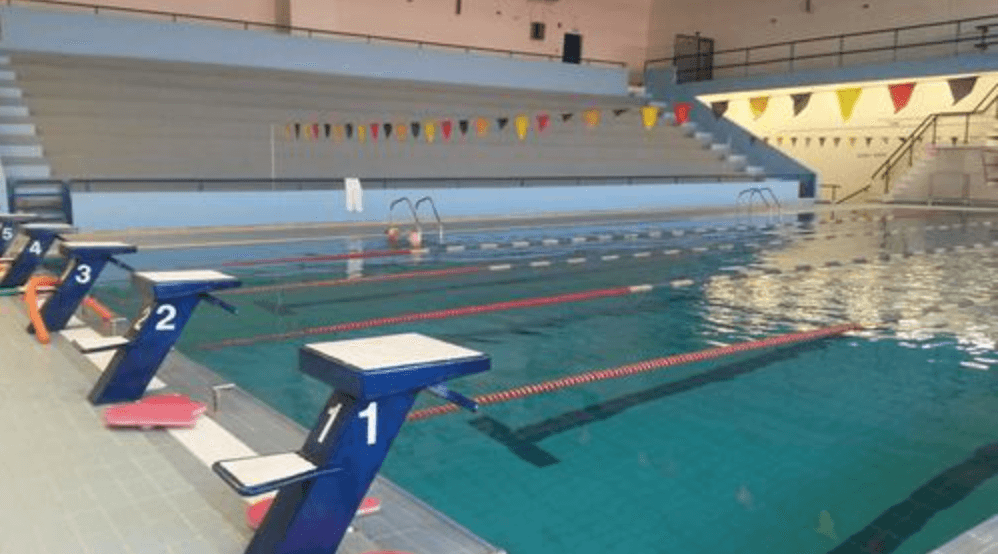WHY SWIMMING IS AN EXCELLENT CARDIO
Written by guest author N.P.Burggraaff
Stop running, put your bike in the garage and set your boxing gloves aside! Why you may ask? To go swimming! In this world of never-ending fitness trends, you would almost never consider swimming as a sport or a way to improve your health, body and mind. Swimming and water exercises have many health benefits which you might not be aware of.
Benefits
When you swim, you use nearly all of the muscles in your body which boosts your endurance levels. Moreover, as there is little to no stress on your tendons and joints, swimming is considered a very gentle sport with little chances of getting injured. This is because the buoyancy in the water reduces stress on our joints

Another benefit is that swimming burns a lot of calories (up to 500 or 650 kcal/hour) depending on your speed. Swimming also increases your lung capacity and accelerates your blood circulation. In addition to that, many people find swimming relaxing to the mind. These benefits are best enjoyed when you partake in regular swimming workouts.
Who can swim?
Swimming offers advantages for almost everyone, from pregnant women and obese people to rehabilitation patients, seniors and even children. The great thing about swimming is that it is relatively safe because there is a low chance of getting injured.
Exercising in water keeps you cool during cardio vascular exercise, unlike exercising on land; which is especially beneficial to obese men and women who tend to sweat excessively.
Swimming exercises
Swimming laps might sound a bit boring but it definitely doesn’t have to be. You can add so much variety in your swimming techniques. Switch it up between breaststrokes, front and -back crawls and the butterfly. If you are unsure of how to do the below strokes, simply sign up for a few swimming lessons with an instructor until you learn how to do them on your own.
The breaststroke is said to emphasize on your abdominals. The front crawl focuses on the deltoids (shoulder muscles), triceps and biceps but also targets your lower back muscles. If you’re up for a challenge and want to burn some hardcore calories, then definitely try the butterfly stroke. Using both arms at the same time, moving them from behind you under the water to over your head and repeating this motion, this stroke really works your shoulder muscles.The backstroke is the least intensive of all the strokes and is therefore it’s considered a good stroke to end your workout. Your hamstrings are worked during the flutter kick movements.
Other ways to exercise in water
For those people who don’t want to swim laps, there are other exercises you can try in the water. . Aquarobics for instance, is a lot of fun since you do regular aerobic routines but in the water! When you are working out in the water, you will weigh about 90% less which means your joints will not have the same ‘shock’ element that they normally would during a regular aerobics class. This makes aquarobics ideal for people with knee and back problems.
Another technique to try is aqua jogging. This is very popular with runners who are injured and want to exercise without impacting their joints.
Have you ever thought of riding a bike in the water? Well, nowadays you can! With aqua-spinning, you cycle on a bike that’s chest-deep for 35 minutes. Because the water is a factor of resistance, you will be sure to have an intense impact without stressing your joints too much.
If you are looking to do water exercises, check with your local gym. Most gyms with swimming pools will offer the above classes.
In conclusion
Swimming is a great way to exercise. It is very versatile and easy on the joints. Swimming is a sport that can be performed in all weather conditions. Next to the physical health benefits, many people find swimming and being the water a stress relieving experience. No matter what your age or physical condition is, there is always a water exercise that is appropriate for you!

 MAYA’S BIOGRAPHY
MAYA’S BIOGRAPHY DIET & EXERCISE PLANS
DIET & EXERCISE PLANS